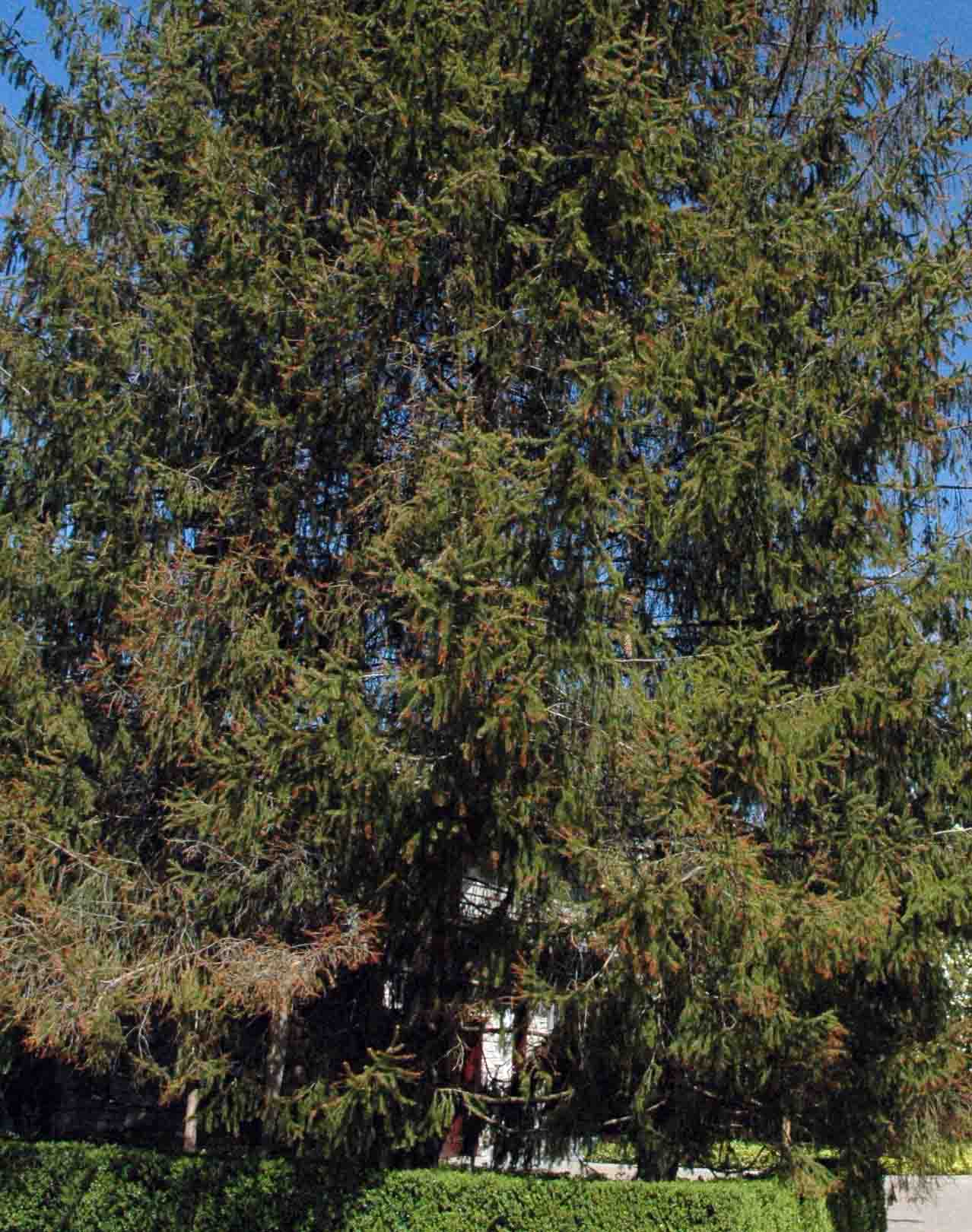Among other things, part of my job involves reviewing educational materials for use in WSU’s Extension programs related to urban horticulture. One of the books is “Gaia’s Garden: a guide to home-scale permaculture” (T. Hemenway). It occurred to me that my review might also be of interest to our GP readers.
I’ve created a fairly extensive review and I will break it into separate posts over the next few weeks. So let’s start the discussion off with a topic we already know is inflammatory: invasive species. To be clear, we are not talking about the many introduced species, plants and animals alike, who appear to be well-behaved in our country. Here’s my take on “The Natives versus Exotics Debate” (pp. 12-17):
The author, with no formal training in biology past his bachelor’s degree, states that “calling a species ‘invasive’ is not good science.” This will come as news to researchers in the field of invasion biology. He blithely disregards the real environmental and economic damage caused by invasive species and erroneously believes that invasive species selectively appear only as a result of human-caused environmental disturbance. Apparently natural disturbances (from fire, volcanic eruption, flooding, etc.) don’t open themselves up for invasion (again, a notion that is incorrect and refuted by a number of obvious examples, such as the 1988 zebra mussel invasion of Lake St. Clair and the subsequent colonization of many freshwater habitats). The author seems not to understand that there may be unfilled niches in certain ecosystems that can be exploited by invasives, endangering native species whose niches may overlap; there are obvious lessons from Hawaii, Australia, and other parts of the world. In any case, the author’s naive tolerance of invasive species is a poor example to follow and certainly not based on current, mainstream science.
So, fans of permaculture, what do you think? If permaculture is a legitimate science-based practice, how do we reconcile the very real issue of invasive species? If you disagree with me, keep in mind one of the hallmarks of pseudoscience: attacking the motives or character of anyone who questions the claims. The arguments should contain content, not insults.










